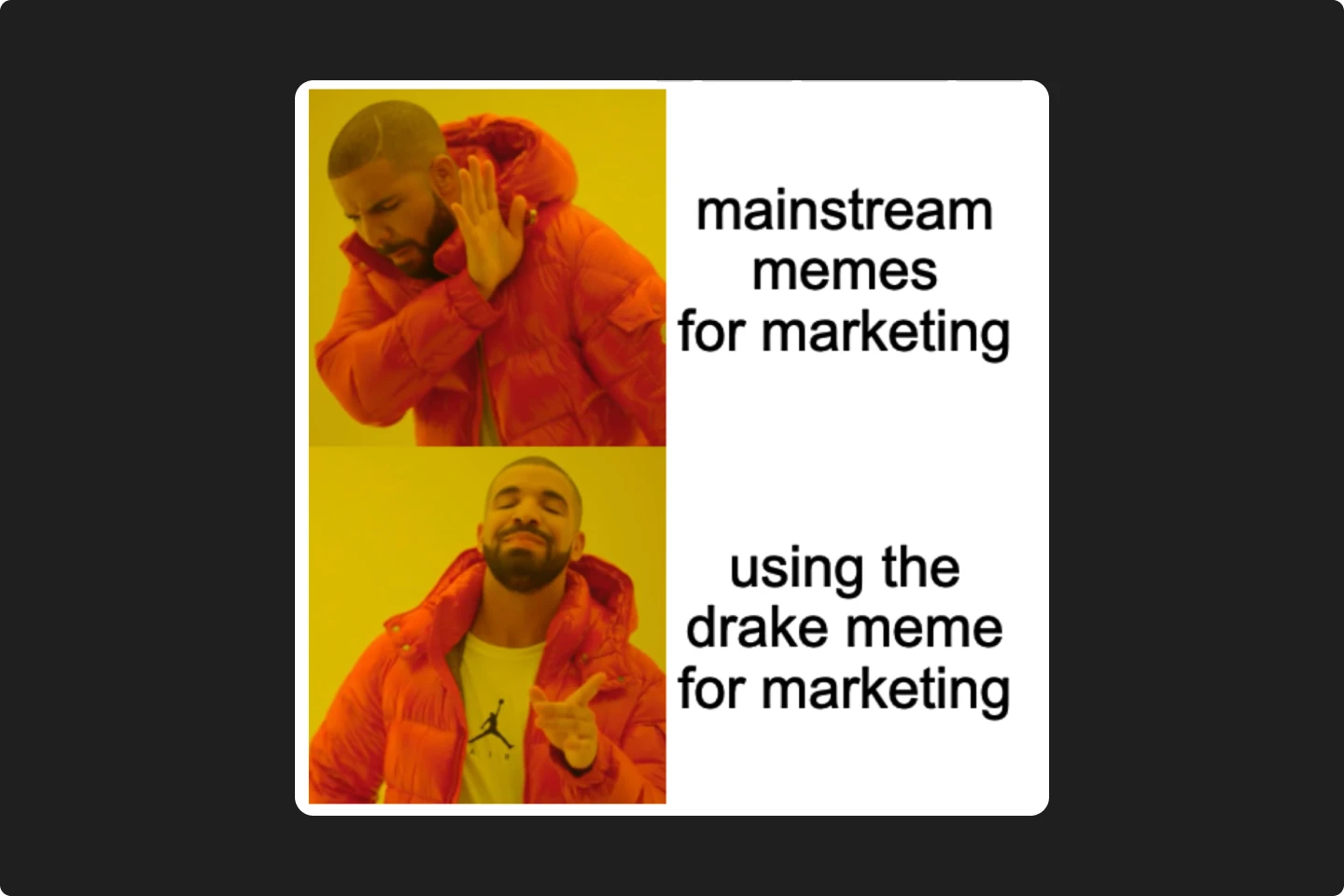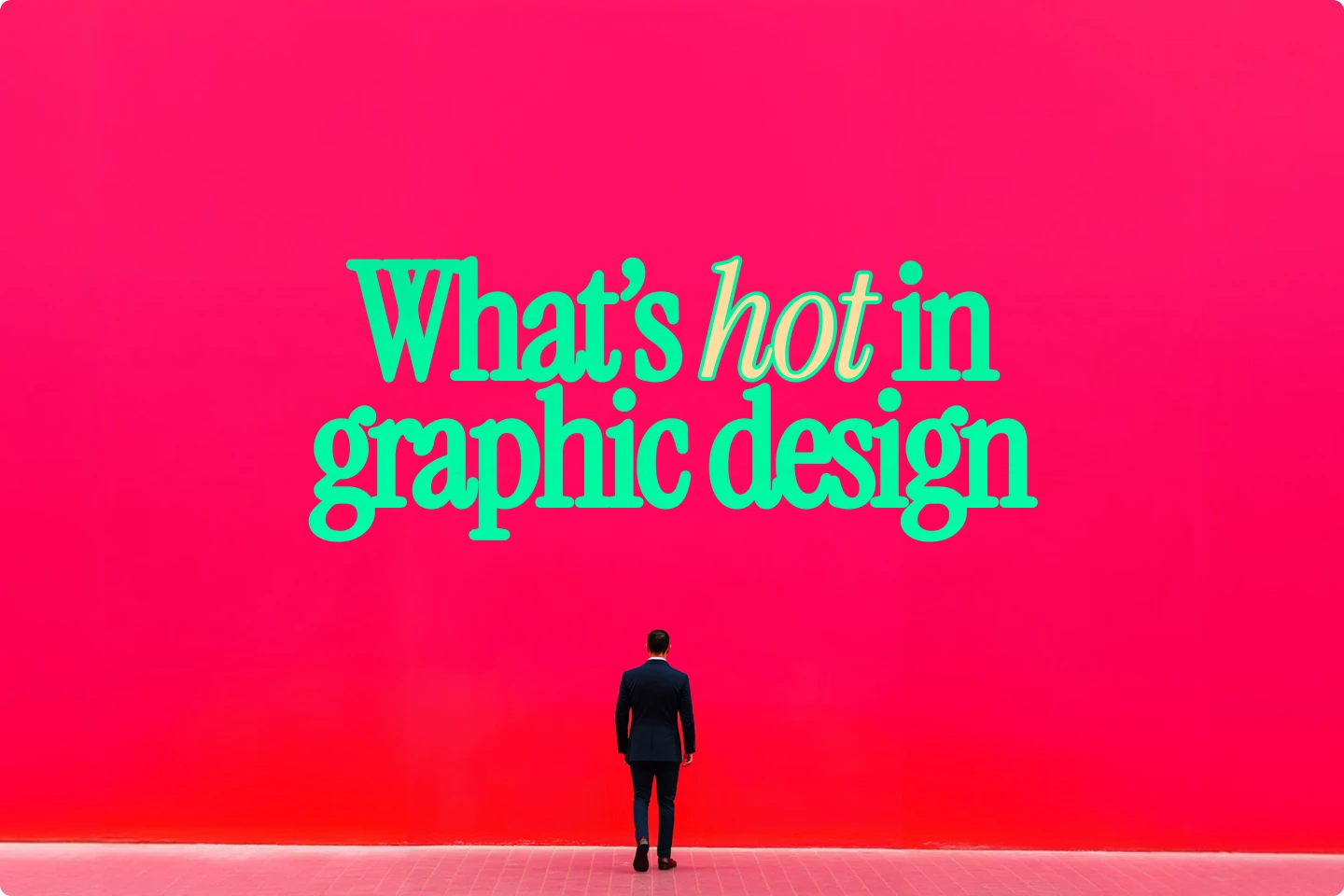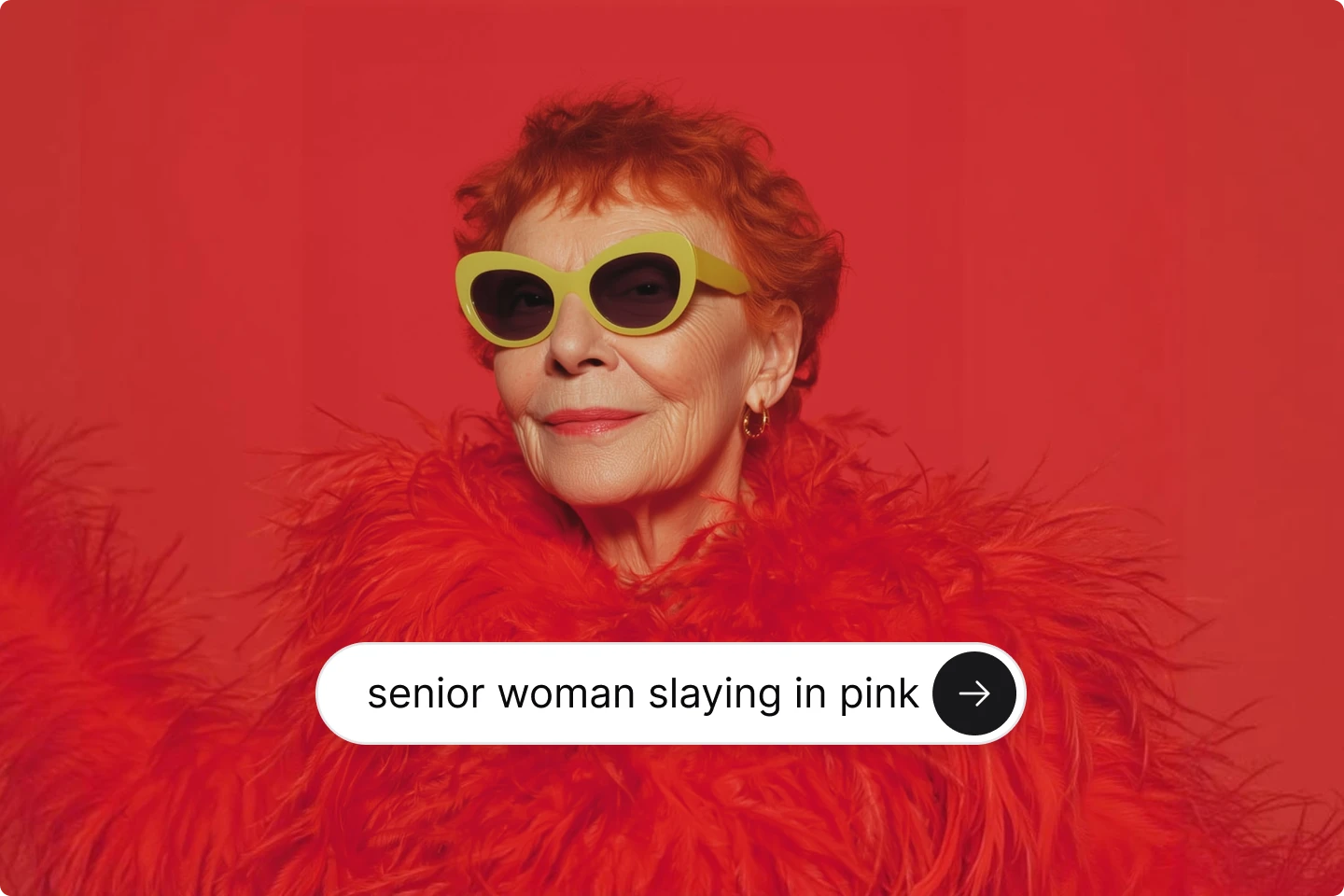How meme marketing became the new storytelling

If you've been online in the past decade, chances are you've laughed at, shared, or even made a meme.
They're the inside jokes of the internet, tiny snippets of culture that travel at light speed.
But what once started as low-res jokes on message boards has now become something far bigger and more culturally relevant. Today, meme marketing is one of the most powerful tools in a brand's storytelling toolkit.
Actually, as I write this, the White House's official X account is using memes to promote the current president. That is to say, memes are now a promotional tool for perhaps the most powerful institution in the world.
Yeah, memes have come a long way.
For marketers and creatives, this is a signal that we are in a new era of communication and brand building. These silly images have gone beyond something as simple as a funny picture. Now, they can drive real and vast connections across communities and generations.
But before we get too philosophical, let's take a deeper look at how memes evolved from internet humor to a dominant form of storytelling. We'll also explore why marketing with memes works so well and what brands need to understand if they want to speak the language of today's digital generation.
What is meme marketing?
At its core, meme marketing is the practice of using instantly recognizable bits of visual content that blend humor, pop culture, and relatability—to promote a product, idea, or brand. Instead of flashy calls to action or carefully polished slogans, meme marketing relies on subtlety, timing, and an understanding of a shared cultural context.
The meme itself might be a recycled image with new text. Or it might be a totally new format that riffs off a trending topic.
Either way, the goal is the same: to entertain, engage, and build emotional resonance. Memes spread not because they’re forced into people’s feeds, but because people choose to share them. That’s what makes them such a unique storytelling tool in today’s attention economy.
And while memes might seem like casual fun, the best meme marketers know there’s strategy behind every punchline.
The cultural roots of memes
To really understand meme marketing, it helps to go back to where it all started. The term “meme” was first coined by evolutionary biologist Richard Dawkins in his 1976 book The Selfish Gene. He used it to describe how ideas replicate and evolve in a culture, similar to how genes function in biology.
Of course, that’s a long way from Grumpy Cat and Distracted Boyfriend. But the point is the same: memes are ideas that spread. And on the internet, they spread faster and farther than ever before.
Early internet forums like 4chan and Reddit were fertile ground for meme culture. People created, modified, and shared jokes that reflected their world, their frustrations, and their obsessions. It was chaotic and irreverent, sometimes a bit too aggressive, but completely grassroots.
As social platforms grew, so did meme culture. Suddenly, memes weren’t just niche jokes. Instead, these images and words that stuck in your mind became part of the global conversation. They could sway public opinion, shape political discourse, or turn a random teenager into a viral sensation overnight.
That raw creative energy is what made memes so compelling. Eventually, it caught the attention of marketers.
Why memes work in marketing
Memes succeed where traditional advertising often falls short. In a digital landscape dominated by short attention spans and endless scrolling, memes cut through the noise. They’re concise, emotionally resonant, and speak the native language of the internet. For brands building a social media marketing strategy, incorporating memes can be the missing piece to connecting with their audience.
When a brand creates or adapts a popular meme, it taps into that instant relatability, turning what would be an ad into something that feels like a friend sending you a funny post. That emotional hook builds trust and humanizes a brand.
What makes memes even more powerful is their low barrier to entry. A strong meme marketing strategy doesn’t require massive production budgets or complicated campaigns. With the right format and message, a single image or video can outperform high-budget ads, especially if it captures the current cultural pulse.
Their format is inherently viral; memes are highly shareable, often encouraging people to remix, repost, and engage. This organic circulation allows brands to reach audiences well beyond their existing followers. This type of behavior is what makes a piece of content go from something that’s viral to something that’s connecting people.
That kind of cultural fluency builds credibility with digital-first audiences, particularly Gen Z and Millennials. In the end, meme marketing works because it mirrors how people communicate today. It’s participatory, adaptable, and built on shared context.
Storytelling, reimagined
In the old world of marketing, storytelling meant long-form content, emotional arcs, and brand narratives that unfolded over time. Think television commercials, print ads, or even early YouTube campaigns. But the internet compressed everything.
Now, storytelling happens in micro-moments. A single meme can capture a mood, a message, or a brand's voice in one image and twelve words. It’s storytelling by implication, where the audience fills in the blanks using their cultural knowledge.
Let’s say a brand posts a meme about the Coldplay concert. The audience knows and recognizes the situation immediately. And, the brands who are clever with their meme can make a quick piece of content that resonates long after the audience is done looking at it.
Meme marketing and generational shifts
To fully appreciate the rise of meme marketing, it’s important to look at generational behavior. Kids from the Y2K era like Millennials and Gen Z grew up on the internet. For them, memes are a primary form of communication.
For younger audiences, memes speaks their language, respects their time, and aligns with how they process information. These generations are skeptical of traditional advertising. But a well-timed meme feels real and authentic.
Gen Alpha, the generation growing up on YouTube Shorts and TikTok, is likely to take this even further. Their humor is faster, weirder, and even more meme-centric. For brands, the message is clear. If you want to tell a story that lands, you better learn how to make it meme-friendly.
The future of meme storytelling
As content tools, AI video generators, and new platforms evolve, so will memes. We’re already seeing AI-generated meme formats, hyper-personalized meme feeds, and new forms of interactive content that blur the line between meme and media.
But at its core, the power of meme marketing won’t change. It’s still about making people feel seen, heard, and part of something bigger.
The brands that will thrive in the future aren’t the ones with the biggest budgets. They’re the ones that understand culture, speak fluently in internet language, and know how to make visceral connections.
The brands doing it right
Some companies have truly mastered meme marketing. They understand the rhythm of the internet and how to participate without trying too hard.
1. Netflix
Netflix regularly uses memes to promote new shows. They lean into fan culture, using iconic scenes and user-generated content to build hype. Their meme marketing feels less like promotion and more like joining in on the fun.
2. DuoLingo
The language-learning app is famous for its absurd, chaotic memes. The Duo owl has become a mascot of unhinged humor, especially on TikTok. And it works. People follow DuoLingo just for the entertainment.
3. Ryanair
The European budget airline is surprisingly good at meme marketing. Their social media team uses low-effort video formats and snarky captions to poke fun at their own brand. It’s self-aware, funny, and deeply viral.
4. Slim Jim
What started as a beef stick brand became a meme page with cult status. Slim Jim's Instagram is full of chaotic Gen Z humor and meme-friendly language. They even created the "Long Boi Gang" community. It's a strong example of meme marketing building identity and loyalty.
These brands have one thing in common: they don’t take themselves too seriously. They’ve embraced the playful, participatory nature of meme culture. That’s what makes them stand out.
Final thoughts
The rise of meme marketing marks a new chapter in digital storytelling. It’s fast, funny, and endlessly adaptable. More importantly, it reflects the values of a new generation: authenticity, humor, and the power of shared experience.
In a world overwhelmed with content, the best stories are often the ones told with a wink and a punchline. Marketing with memes isn’t just a strategy. It’s a way of understanding your audience, participating in their world, and telling stories that resonate.
So whether you’re a brand looking to connect with Gen Z, or a marketer trying to break through the noise, remember this. In the age of infinite scroll, the meme is mightier than the ad.
And if you can make someone laugh while telling your story? That’s marketing magic.
Read more on the Lummi blog


.webp)



